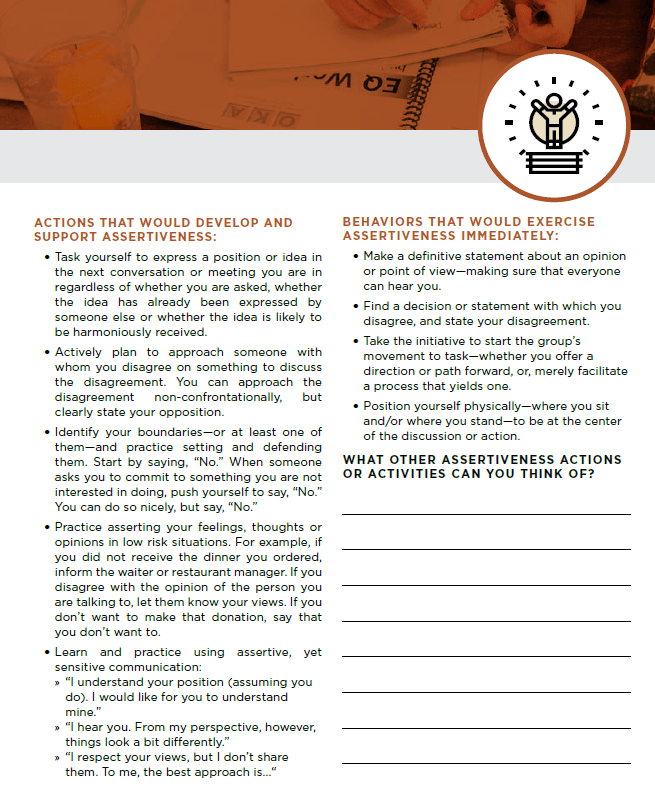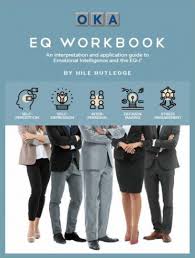What is Emotional Intelligence?
Emotional Intelligence emerged as a field of curiosity and study, and not long after a focus of training and coaching, in the 1990s. It is still considered a new kid on the block in the world of training and development. So why has Emotional Intelligence gotten such a foothold, and is it deserving of all this attention—and some would even say hype?
Emotional Intelligence has its roots in the work of many clinicians, authors and researchers—a group of professionals whose work is so varied that the very phrase, “Emotional Intelligence” (EI) has evolved different meanings in different corners. In general—taking all the EI models into account—Emotional Intelligence is the behavior we each engage around self-awareness, self-management (how I know and control myself) and the concern and sensitivity we bring to relationships and to others around us (how I foster and care for my connection with others). The behaviors I bring to the world—that is what my Emotional Intelligence reflects (regardless of the model I select).
So with all the models and theories at your disposal, why choose Emotional Intelligence?
There are three primary reasons that have brought and kept us here at OKA using Emotional Intelligence. Emotional Intelligence is behavioral; the results are easy to understand and interpret, and most EI models are developmentally focused. In other words, Emotional Intelligence pivots to action and developmental next steps.
1. Behavior vs. Style
Emotional Intelligence is about behavior (which is a choice), not style (which is hard-wired).
A majority of self-awareness and development tools are rooted in style or personality-based assessments and models that center around the concept that we are hard-wired in a certain way that results in a fixed or fairly static style or type. The MBTI, the DiSC, the SDI—the field abounds with this kind of assessment. This approach to self-awareness is popular and can be quite useful. Indeed, OKA was founded around its deep connection to the Myers-Briggs Type Indicator, an instrument we continue to use and support with enthusiasm.
However, the use of any style-based assessment requires an overt discussion about the differences between hard-wired style and behavior. Type is hard-wired; whereas, behavior is a choice. This distinction—while essential to using accurately and well any Type-based tool—too often goes un-discussed and is too often misunderstood.
For instance, if you’re an Introvert, you have a hard-wired preference for Introversion, but this preference does not enable accurate prediction of your behavior or skills at any given time. Introversion does not indicate what you will do or say next—at this party or during this meeting. Too many people assume—falsely—that a Type (or style) predicts behavior, but this is not necessarily the case. Type is hard-wired, but behavior is a choice. Emotional Intelligence is about the behaviors you engage—regardless of any hard-wiring that may exist.
2. Comparison to the Norm
Emotional Intelligence compares the frequency and intensity of your behavior with that of those around you.
Unlike so many popular tools that seek to categorize and sort people, Emotional Intelligence is a collection of behaviors—each of which is pretty universal. The key question is how much you engage any of these behaviors compared to the people around you. How assertive are you? How much self-regard do you have? How optimistic are you? The only way to answer these questions is for you to compare your behavior with others’. Compared to the average person, you’re more assertive, but less optimistic perhaps.
This kind of comparison—your team to the overall organization, you to your work group, you to the general population—is a simple, easy-to-grasp concept. You are taller than John, but John is taller than Sally. Sally got an A; John earned a C, and your test score was an F. Putting your performance or measurements on this kind of frequency distribution is commonplace. The intensity or frequency of your behaviors are equally as easy to compare. While these comparisons can lead to data that are challenging and sometimes hard to take in, the act of comparing is widely accepted and is conceptually boAth easy and logical.
3. Pivoting to Action
Emotional Intelligence is about skill-building, growth and development.
Emotional Intelligence measures your behavior, but the point of most EI work is not the measurement itself, but the follow-on development work. If you decide more self-awareness, more empathy or more flexibility would benefit you, a good Emotional Intelligence development effort should then pivot to the exercises or activities that would practice those targeted behaviors.
Emotional Intelligence helps you understand your own behavior and the impact and connection you have on and with the world around you—and then prompts you to move beyond this awareness to change and improve your behavioral choices and skillset. Self-awareness leading to development and behavioral change—that is the benefit of Emotional Intelligence.
OKA’s EQ Workbook offers many different exercises to practice and develop each of the EQ-i’s 15 elements. For example, the following page is an example of the development actions and exercises for Assertiveness. 
Click here for more information on OKA’s EQ-i Certification.
This blog was a definition of and an argument for the concept of Emotional Intelligence—an explanation of why someone would choose this framework over any other. Click here if you are interested in why someone would choose to use (or NOT to use) the EQ-i specifically.


Leave a Comment